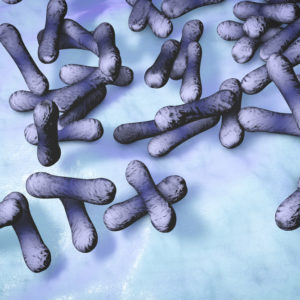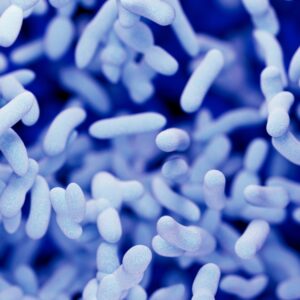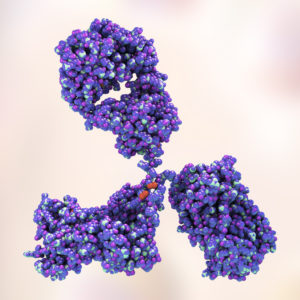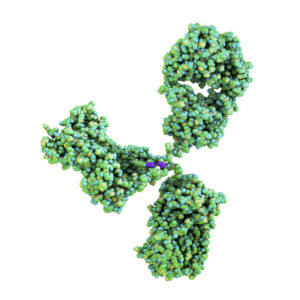Corynebacterium diphtheriae
Diphtheria is a serious bacterial infection of the respiratory tract and remains a healthcare risk in parts of the world where vaccine coverage is low.
Diphtheria can cause serious inflammation of the throat. Corynebacterium diphtheriae bacteria release a toxin that leads to the formation of a thick greyish-white membrane coating the back of the throat and in the most severe cases, blocks the airways. Infection can be fatal.
At The Native Antigen Company, we offer both purified and activity tested diphtheria toxin and antibodies specific to the toxin, for IVD assay development and vaccine R&D.
Corynebacterium diphtheriae Background
The gram-positive bacterium, Corynebacterium diphtheriae was first identified in 1888 as the causative agent for the infectious disease known as diphtheria. The bacterium is spread from person-to-person through contaminated aerosols, distributed by coughing or sneezing, and through contact with surfaces contaminated with infectious secretions.
Diphtheria primarily affects the throat and upper respiratory tract, but its toxin is known to affect other organs. The symptoms of the disease are a sore throat, malaise, low-grade fever and swollen neck glands. The toxin can also cause a membrane of dead cells to form over the throat and tonsils, resulting in breathing difficulties, and in some cases death from asphyxiation. In severe cases, the toxin may cause neurological complications or heart failure. Patients with diphtheria are currently treated with antibiotics to kill the bacteria, and antitoxin to neutralise the effects of the diphtheria toxin (CDC).
Since 1945, diphtheria vaccination programs have been successful in reducing cases of diphtheria worldwide by 99%. However, diphtheria is still a significant problem in some countries and outbreaks have been reported in the former Soviet Union, India, Myanmar, Malaysia and the Philippines, possibly due to ineffective immunisation programs and poor vaccine quality. In addition, waning immunity to diphtheria toxin may occur in individuals who have been immunised in childhood but have not been exposed to diphtheria in later life. Various global studies report that diphtheria seronegativity increases with age, suggesting that booster vaccinations may be necessary in adults (WHO, 2017).
References
- Freeman VJ, Morse IU. (1952). Further observations on the change to virulence of bacteriophage-infected a virulent strains of Corynebacterium diphtheria. J Bacteriol. Mar;63(3):407-14.
- Center for Disease Control and Prevention: Diphtheria
- World health Organization: Diphtheria vaccine. Review of evidence on vaccine effectiveness and immunogenicity to assess the duration of protection ≥10 years after the last booster dose. April 2017
- Center for Disease Control and Prevention: Diphtheria, prevention
Corynebacterium diphtheriae Antigens
Diphtheria toxin (DT) is a 62 kDa protein belonging to the family of ADP-ribosylating bacterial toxins. It is secreted by toxic strains of Corynebacterium diphtheriae, carrying a lysogenic bacteriophage that encodes the toxin gene (Freeman, 1951).
Our purified DT is used in immunoassay manufacturing, but is also widely used in cell biology applications for depletion of DT-receptor expressing cells in transgenic mouse models. Every batch of our DT is activity tested in cellular depletion assays. We also offer a recombinant CRM197 mutant, a genetically detoxified diphtheria toxin expressed in E. coli and manufactured to high purity.
Corynebacterium diphtheriae Antibodies
Corynebacterium diphtheriae antibodies supplied by The Native Antigen Company recognise diphtheria toxin and are suitable for immunoassay research and development.
We offer two antibodies, one specific to the A chain of the diphtheria toxin. These antibodies can be used as a pair in immunoassay design.
Questions?
Check out our FAQ section for answers to the most frequently asked questions about our website and company.





